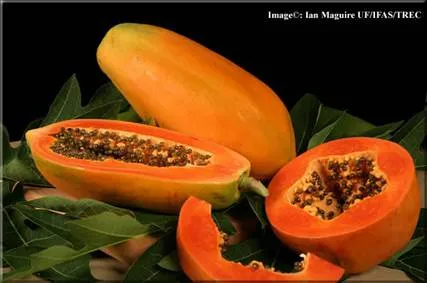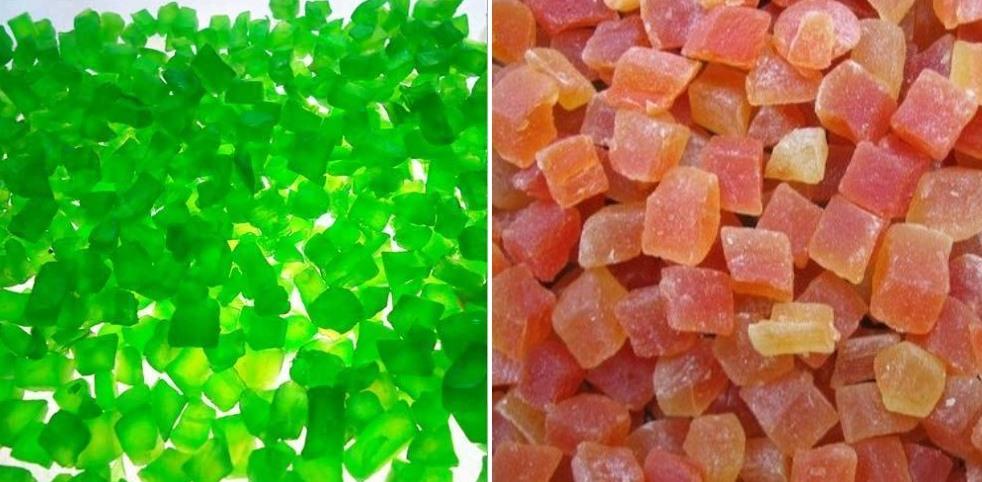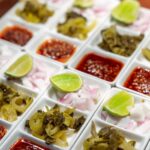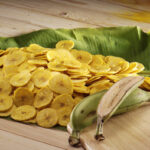

INTRODUCTION
Papaya cherry is an item of mass consumption and is mainly used in after-mint or mukhvasand chewing paan or masala. Other user segment is certain bakery products and some sweet preparations. But bulk of the consumption is by paan/masala selling shops round the year across the country. It is made from unripe or green papaya fruits and contains substantial quantum of sugar. Since the customers are scattered very widely, it is necessary to have proper marketing arrangements.
PRODUCT
Cherry or tutty-fruity is consumed by many people along with chewing paan or masala or
mukhwas or after mint. It is also used in some bakery products and sweets. It is made from
unripe papaya fruits; it is sweet in taste and of pinkish colour. This product can be made in
many states of the country but this note considers Bihar and Jharkhand as the contemplated locations.
2.1 Compliance with FPO and PFA Act is mandatory.
MARKET POTENTIAL
Papaya cherry is an item of mass consumption and used while making chewing paan or
masala and preparing mukhwas or after-mint. It is not consumed alone (except by children)
but invariably mixed with other ingredients. Its sweet taste and flavour is liked by many.
Market is controlled by very small manufacturers as it is sold to hundreds of paan-shops and
servicing them is very difficult. Reportedly bulk of the supply to Jharkhand is from outside
the state and there are good prospects for a local manufacturer. Appointment of area-wise
distributors or stockists and regular supplies are the key elements.
MANUFACTURING PROCESS
It is standardised and simple. Big unripe papaya are washed and peeled. They are cut lengthwise and seeds and fibres are removed. These pieces are blanched in boiling water for about
10 minutes and are pricked with forks to ensure proper absorption of sugar syrup. Sugar
syrup is made and small quantity of citric acid and flavours are added to it. Pieces of papaya
are soaked in this syrup for about 10 minutes and then taken out and kept for seasoning for
around 8-10 hours and then cut into smaller square pieces and wiped with wet cloth to
remove any dirt and excessive coating of sugar. Finally, they are dried in a dryer at around
60 C temperature for 10-12 minutes, cooled and packed in polythene bags. The weight loss
on account of removal of skin, seeds etc. from papaya is around 25%. The process
is as follows:
(1) Washing, peeling and cutting of unripe papaya
(2) Blanching and pricking
(3) Soaking in sugar syrup
(4) Seasoning
(5) Cutting, cleaning and drying
(6) Cooling and packing
Miscellaneous Assets
An amount of Rs.30,000/- is provided towards furniture and fixtures, packing tables, storage
racks etc.
Utilities
Power requirement will be 10 HP and around 1200 ltrs. of water shall be required every day
for washing of papaya and potable and sanitation purposes. 5 LPG cylinders shall be required
every month.
Raw Materials
The most critical materials will be unripe but fully grown papaya and sugar. Since quantity
required of these items every month will not be much, no difficulty is envisaged in their
procurement. The process and weight loss is around 30% which is to some extent
compensated by absorption of sugar syrup and the net loss is around 25%. Other materials
like food grade colours, flavours, citric acid etc. shall be available locally. Polythene bags shall
be required for packing.
DETAILS OF THE PROPOSED PROJECT
8.1 Building
An expenditure of Rs. 2.00 lacs is estimated on a readymade shade.
8.2 Machinery
Total expenses on machinery are likely to be Rs. 1.20 lacs as explained earlier.
8.3 Miscellaneous Assets
A provision of Rs.30,000/- is made under this head as stated earlier.
8.4 Preliminary & Pre-operative Expenses
A provision of Rs.50,000/- is made towards pre-production expenses like registration,
establishment and administrative expenses, travelling, interest during implementation, trial
run expenses etc.
8.5 Working Capital Requirements
Major raw material is papaya which will not be stored for more than 2-3 days. Process time
is hardly 12 hours and stock of finished goods will be kept for about a week. Hence, it is
assumed that bank would sanction adhoc facility of Rs. 50,000/- and the promoters would
bring-in Rs. 30,000/- by way of margin.
Financial assistance in the form of grant is available from the Ministry of Food Processing
Industries, Govt. of India, towards expenditure on technical civil works and plant and
machinery for eligible projects subject to certain terms and conditions.

PROFITABILITY CALCULATIONS
9.1 Production Capacity & Build-up
As against the processing capacity of 80 tonnes, actual utilisation is assumed to be 65% in
the first year and 75% thereafter.
9.2 Sales Revenue at 100%
Assuming selling price of Rs.30,000/- per ton, the annual sales at 100% would be
Rs. 18.00 lacs.


